Why Call Recording Isn’t Just a Feature Anymore
If you’re running a contact center, sales team, or customer service operation using VoIP, you’re probably recording calls. But recording a call isn’t like saving a file on your computer. In 2025, it’s a legal, technical, and operational minefield. One wrong step-like failing to notify a caller in Illinois or storing data without encryption-can cost you thousands in fines, trigger lawsuits, or even lead to criminal charges. The good news? You don’t need to be a lawyer or IT expert to get it right. You just need to understand the three core pieces: compliance, storage, and playback.
Compliance: Consent Isn’t Optional-It’s the Law
Before you hit record, ask yourself: who gave permission? The answer depends on where you and the caller are located. In the U.S., 39 states follow one-party consent rules. That means if you’re the one recording, you’re legally allowed to-no need to ask the other person. Simple, right? Not so fast.
Eleven states, including California, Florida, Illinois, Pennsylvania, and Washington, require all-party consent. That means every person on the call must agree. In Illinois, violating this law isn’t just a fine-it’s a Class 4 felony. In California, each violation can cost up to $2,500 under the CCPA. And it’s not just about state laws. If you’re handling health data, HIPAA kicks in. Financial services? FINRA rules apply. European customers? GDPR demands explicit, written opt-in-not just a voice prompt.
Here’s the catch: many companies think playing a notification at the start of the call counts as consent. The FCC says continued conversation after the notice means consent. But California’s Attorney General disagrees. If the call involves health or financial info, you need a clear, affirmative yes. No guessing. No implied agreement. That’s why companies with multi-state operations are getting hit with penalties. One Reddit user reported a $15,000 fine in Pennsylvania because their agent didn’t confirm the caller understood the recording notice-even though the automated message played correctly.
And now, AI is making it worse. New laws in 14 states treat voice analysis-like detecting anger, stress, or emotion-as biometric data. Recording that without explicit consent? Illegal. The EU’s AI Act, effective February 2025, bans emotion recognition in customer calls unless you get written approval. If your system analyzes tone to rate agent performance, you’re already in violation unless you’ve updated your consent process.
Storage: Encryption, Retention, and the Hidden Costs
Recording a call is easy. Keeping it securely, legally, and affordably? That’s where most teams fail.
Your recordings must be encrypted-both in transit and at rest. That means TLS 1.3 for data moving between your system and the cloud, and AES-256 encryption for files sitting on your servers. NIST 800-175B is the current gold standard. If you’re in healthcare, you also need FIPS 140-2 Level 3 validated modules. Skip this, and you’re not just risky-you’re non-compliant.
How much space do you need? A typical call uses about 1MB per minute after compression. A medium-sized center handling 1 million minutes a month? That’s 10TB of storage every 30 days. Multiply that by 2 to 7 years, depending on your industry, and you’re looking at petabytes. Cloud-based solutions like CloudTalk or Sprinklr handle this automatically, but on-premise systems? You’ll need serious IT infrastructure.
Retention rules vary wildly:
- Financial services (FINRA): 3 years
- Healthcare (HIPAA): 6 years
- General retail: 1-2 years
- California (CCPA): Must delete within 12 months if requested
And here’s the kicker: you can’t just delete files when the clock runs out. You need an audit trail showing who accessed what, when, and why. For HIPAA, that means logging every login to a recording. For GDPR, you must prove deletion was complete. Many companies store recordings in unsecured folders or on shared drives-big mistake. That’s not storage. That’s a liability waiting to happen.
Cost-wise, enterprise-grade systems run $75-$300 per user per month. Basic add-ons for existing PBX systems start at $25/user. But the real cost isn’t the software-it’s the fines. One breach in a healthcare setting can cost over $1 million. Don’t skimp on storage compliance.
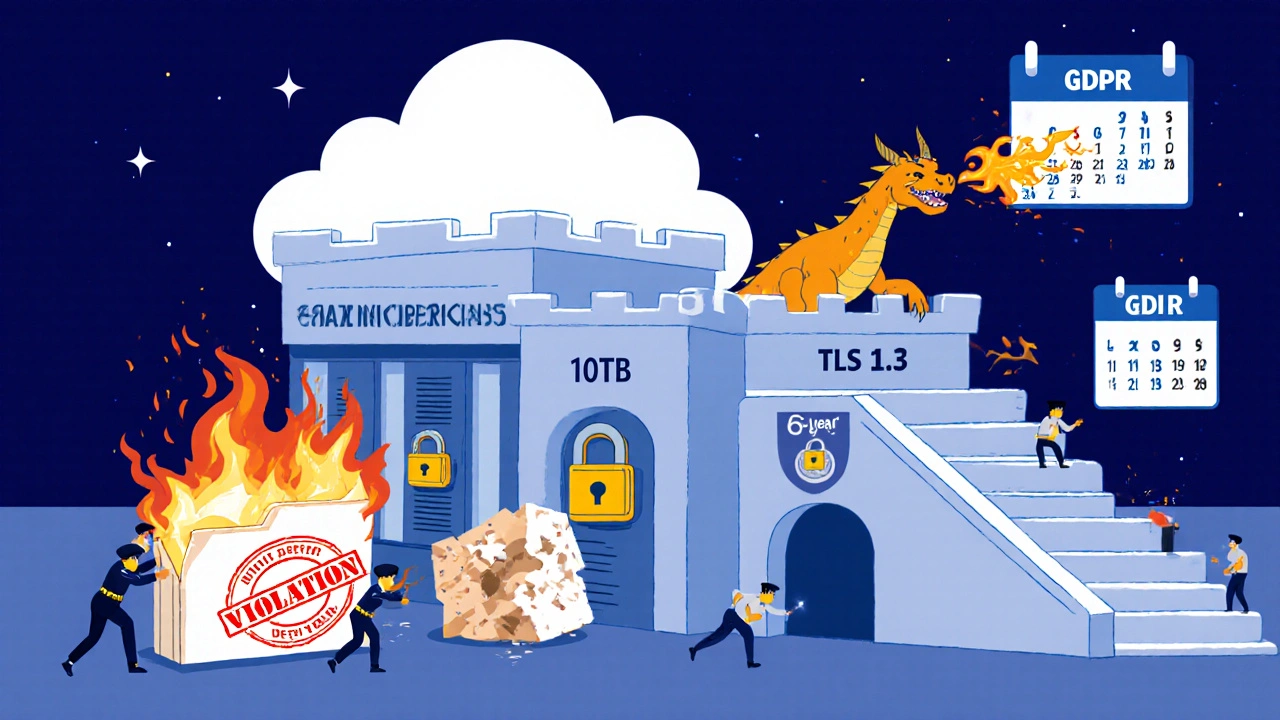
Playback: Access, Audits, and AI Oversight
Recording calls for training? Great. Recording them so your boss can listen in without permission? Not okay.
Playback isn’t just about listening. It’s about control. Who can access recordings? Only authorized personnel. In HIPAA environments, that means logging every access-even internal audits. In GDPR regions, customers have the right to request copies of their recordings. If you can’t produce them quickly, you’re violating the law.
AI is changing playback too. Systems like Ringly.io and Sprinklr now auto-flag calls where consent wasn’t properly obtained, agents used prohibited language, or sensitive data was mentioned without safeguards. These tools use real-time analytics to catch violations before they happen. One audit found Sprinklr’s system caught 94% of consent errors during live calls. The industry average? Just 78%. That’s a huge gap.
But AI isn’t perfect. Voice biometric verification-used to detect if someone’s pretending to be a customer-is still error-prone. NIST’s 2024 report shows false positives at 12-18%. That means good customers get blocked because their voice “doesn’t match.” You need human review on top of AI. Don’t automate everything.
Also, make sure your playback system works across devices. Agents need to listen on mobile. Supervisors need to review on tablets. Your system must support WebRTC, SIP trunking, and legacy TDM systems. If it doesn’t, you’re creating blind spots.
Industry-Specific Traps You Can’t Afford to Miss
Not all businesses face the same rules.
Healthcare: HIPAA requires a signed Business Associate Agreement (BAA) with your VoIP provider. No BAA? You’re liable for any breach. Patient consent must be documented. Recordings containing diagnoses, medications, or treatment plans are protected health information (PHI). A 2024 CloudTalk report found healthcare was the third most breached industry globally, with 422 million records exposed.
Finance: FINRA requires recordings to be stored for 3 years and retrievable within 24 hours for audits. Any call involving trades, investments, or financial advice must be recorded. Failing to do so can cost you your license.
Retail: Less strict, but still dangerous. If you’re handling credit card info during a call, you’re subject to PCI DSS. Even if you don’t record the card number, if it’s spoken, you’re in scope. Many retailers use tone detection to flag angry customers-but that’s now biometric data in 14 states. You need consent.
Multi-state operations: This is the biggest headache. A restaurant chain with locations in California and Texas can’t use the same script. California demands written opt-in. Texas? One-party consent. Your training materials, call flows, and software must adapt per location. Most companies fail here. That’s why experts like Susan Grant from the Consumer Federation of America call it the #1 compliance risk in 2025.
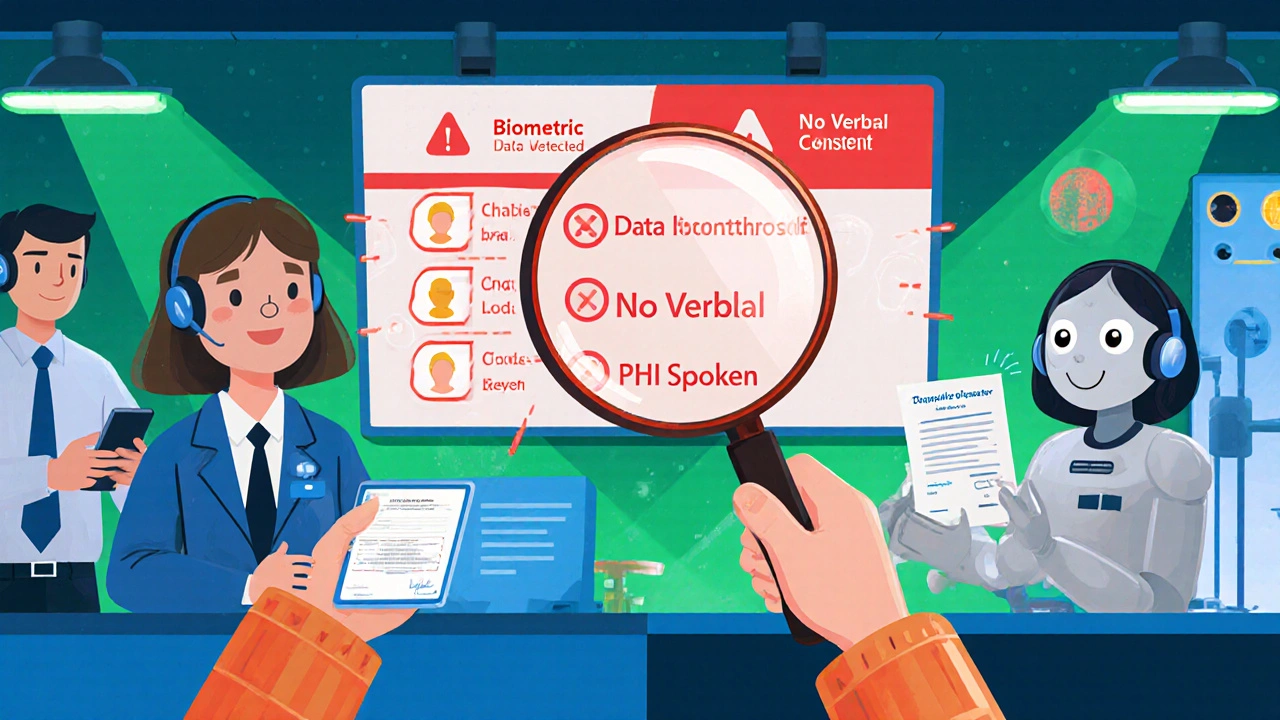
What to Do Now: A Practical 5-Step Plan
- Map your consent rules. List every state and country you serve. Identify which require one-party or all-party consent. Flag any with biometric or AI-specific laws.
- Update your notification script. Use clear, plain language: “This call may be recorded for quality and training. To continue, say ‘yes’ or press 1.” Don’t rely on silence. Require verbal confirmation.
- Choose compliant software. Pick a VoIP provider that offers built-in encryption, retention scheduling, and audit logs. Look for HIPAA, FINRA, and GDPR readiness. Avoid DIY setups.
- Train your team. Agents need to know the difference between “implied” and “explicit” consent. Role-play scenarios. Test them quarterly.
- Review storage and access. Audit where recordings are stored. Who can access them? Can you produce a log of all accesses in 24 hours? If not, fix it now.
Don’t wait for a fine to wake you up. The compliance landscape isn’t slowing down. It’s accelerating. By 2026, Gartner predicts 75% of contact centers will use AI to monitor compliance automatically. You either adapt now-or get left behind.
Frequently Asked Questions
Is it legal to record a call without telling the other person?
Only in one-party consent states, and only if you’re the one recording. In 11 U.S. states-including California, Illinois, and Pennsylvania-you must inform everyone on the call and get their consent. In those places, recording without consent is a felony or carries heavy civil penalties. Even in one-party states, if the call involves health or financial data, you still need explicit consent under laws like HIPAA or CCPA.
How long do I have to keep call recordings?
It depends on your industry and location. Financial firms under FINRA must keep recordings for 3 years. Healthcare providers under HIPAA must retain them for 6 years. Retailers typically keep them 1-2 years. But in California, customers can demand deletion after 12 months under CCPA. Always check your specific regulations-don’t assume one rule fits all.
Do I need to encrypt my call recordings?
Yes. Encryption isn’t optional-it’s required by law. Data in transit must use TLS 1.3. Data at rest must use AES-256 encryption. Healthcare providers must use FIPS 140-2 Level 3 validated modules. Storing recordings in plain text or unsecured cloud folders is a direct violation of GDPR, HIPAA, and state privacy laws. Fines for unencrypted data can be 4% of global revenue under GDPR.
Can I use AI to analyze call recordings for agent performance?
Only if you get explicit, written consent from the caller. Analyzing tone, emotion, or stress levels counts as biometric data under new laws in 14 U.S. states and the EU’s AI Act. Without consent, this is illegal. Even if you’re just flagging angry customers, you’re still processing biometric data. Most companies miss this until they’re fined.
What happens if I get caught violating call recording laws?
Penalties vary. In California, each violation can cost $2,500. In Illinois, it’s a felony with civil penalties over $10,000. Under GDPR, fines can reach 4% of your global revenue. Beyond fines, you could face lawsuits, reputational damage, or loss of business licenses. Many companies also face mandatory audits and court-ordered compliance overhauls. The cost of fixing the problem is always higher than preventing it.
Can I record calls with AI voice agents?
Yes, but you need written consent-not just verbal. As of September 2024, the FCC requires written consent for any outbound call involving AI voice agents. You must also comply with Do Not Call lists and limit calls to 8 a.m. to 9 p.m. local time. If your AI agent listens to or analyzes the caller’s voice for emotion or intent, you’re subject to biometric data laws in 14 states. Always disclose that an AI is involved.



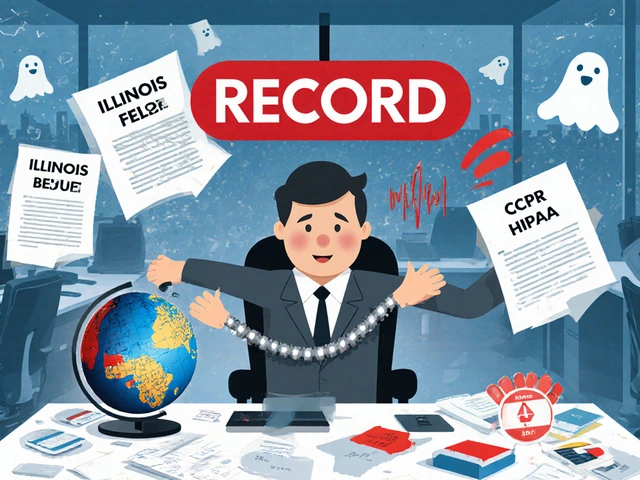
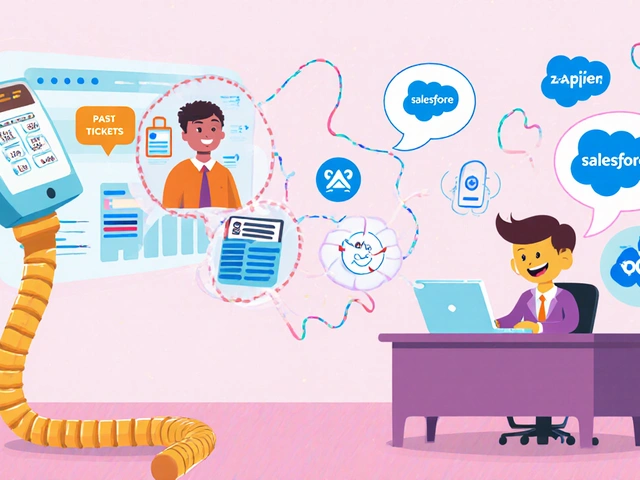
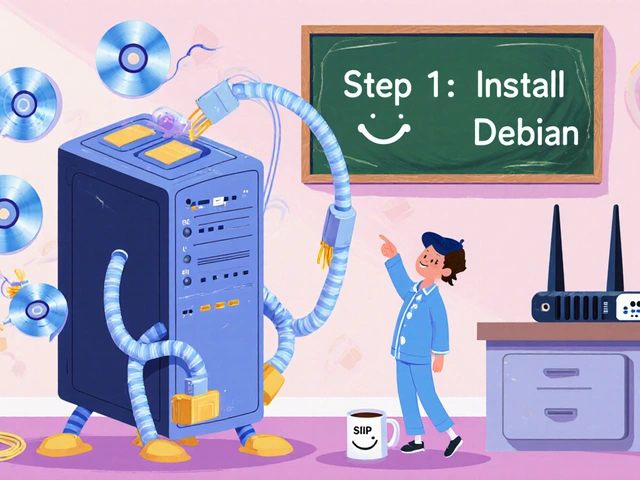
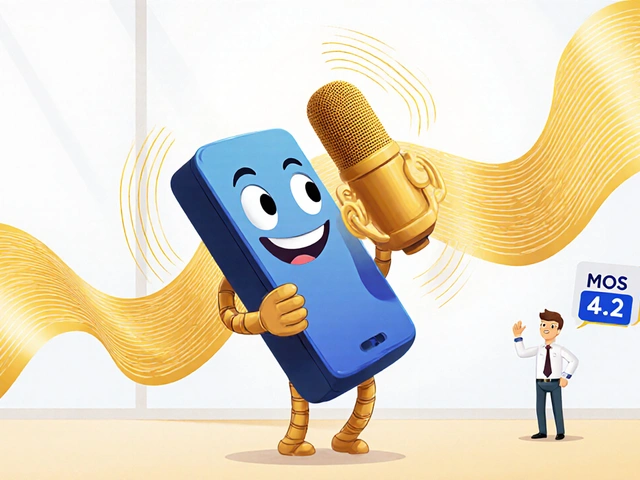



Amber Swartz
30 Oct 2025 at 23:19I swear, every time I hear another company say 'we just play a notification' and think they're covered... I want to scream. I worked at a call center in Chicago that got nailed for $18k because the agent didn't say 'do you consent?' after the automated message. The caller was deaf and used a TTY line-no voice, no 'yes'-but the system logged it as 'consent.' The compliance officer cried. We all cried. And now I check every single call flow like my job depends on it... because it does.